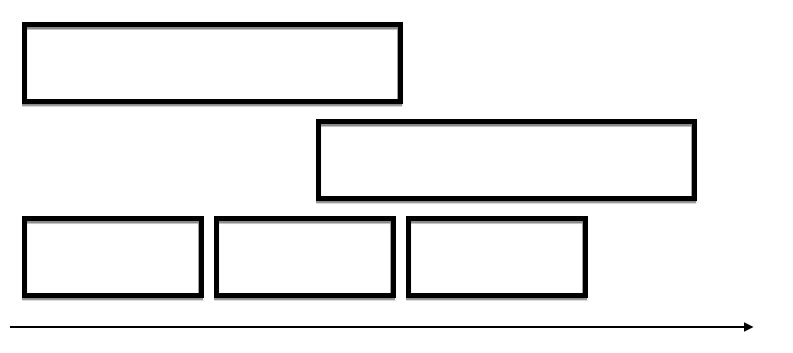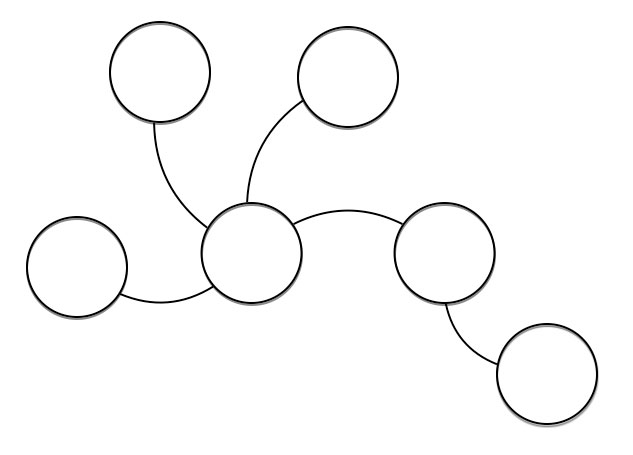19 Mar Book Review: Team of Teams – New Rules of Engagement for a Complex World
Are we moving towards a new era of organizing people to create value?
In the book Team of Teams: New Rules of Engagement for a Complex World US General Stanley McChrystal describes how the US army was forced to move from a command and control type of organisation to one of autonomous teams working together towards a larger goal in a networked setup – a team of teams.
To understand this change, let’s go back in time a little bit. The article “The Nature of the Firm” by Ronald Coarse is a cornerstone of management theory. It attempts to answer the question “why do we need companies to organize people?”. It was written in 1937. Is it still relevant today?
Let’s go back even longer, a few more decades, to the theories of Frederick Taylor. Taylorism is the word we use for describing the top-down controlled, structured and rational factory – or office.

This model was well suited for the era of mass production and mass marketing. The one who could build the largest factory won. Process, structure and organization were the key drivers of the Taylor era, the artefacts you wanted to manage. The same organizational model was used in the military, with a command-and-control hierarchy.
But as we moved up the hierarchy of needs and the pace of change accelerated, another model emerged. We started working in projects.

The project format helps you optimize time and resources to achieve an objective. We no longer produced only the same item as many times as possible – we needed a more flexible way to organize work. A project has a beginning and an end (usually), it can be staffed, have a budget and a manager. A project can scale in to multiple sub projects in different phases and so forth.
A project is more flexible than a factory and the focus shifted to managing time and resources.
But we are now clearly moving towards another model. One in which the team is the fundamental building block of the firm.

A company in this third era of organizing is more like an organism with cells than a factory. The focus is on people and their internal drives and motivations and the winner is the one most skilled at seizing opportunities. The book talks about two fundamental concepts:
- Shared consciousness, from the book: “Functioning safely in an interdependent environment requires that every team possess a holistic understanding of the interaction between all the moving parts. Everyone has to see the system in its entirety for the plan to work. […] We did not want all the teams to become generalists—SEALs are better at what they do than intel analysts would be and vice versa. Diverse specialized abilities are essential. We wanted to fuse generalized awareness with specialized expertise. […] We dubbed this goal—this state of emergent, adaptive organizational intelligence—shared consciousness, and it became the cornerstone of our transformation.”
- Empowered execution: “Shared consciousness is a carefully maintained set of centralized forums for bringing people together. Empowered execution is a radically decentralized system for pushing authority out to the edges of the organization.”
At a higher level, companies are organized like (investment) portfolios of opportunities and the best ones attract talent by existing for a clear cause. The WHY you exist is at least as important (if not more) as WHAT you do. Some people call this the Hollywood model for organizing work.
“Our economy is in the midst of a grand shift toward the Hollywood model. More of us will see our working lives structured around short-term, project-based teams rather than long-term, open-ended jobs.”
The Agile movement represents in many ways the leap from the project centered era over to the team-centered, but that transition is far from finished. In many ways, we see it as our mission to accelerate this shift.
So, yes, the Firm is still relevant. But it looks very different from the firm of 1937 when Coarse wrote his article. The book Team of Teams catches this change excellently. A very good read!


